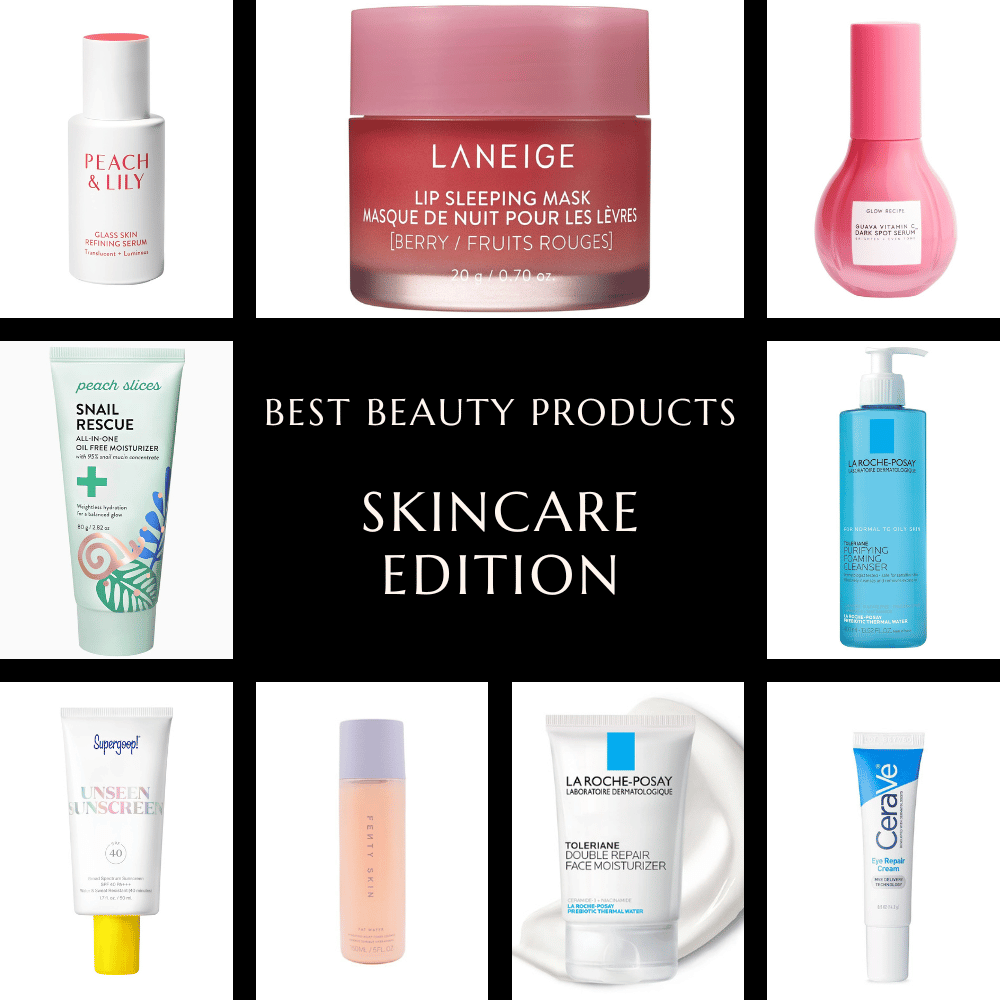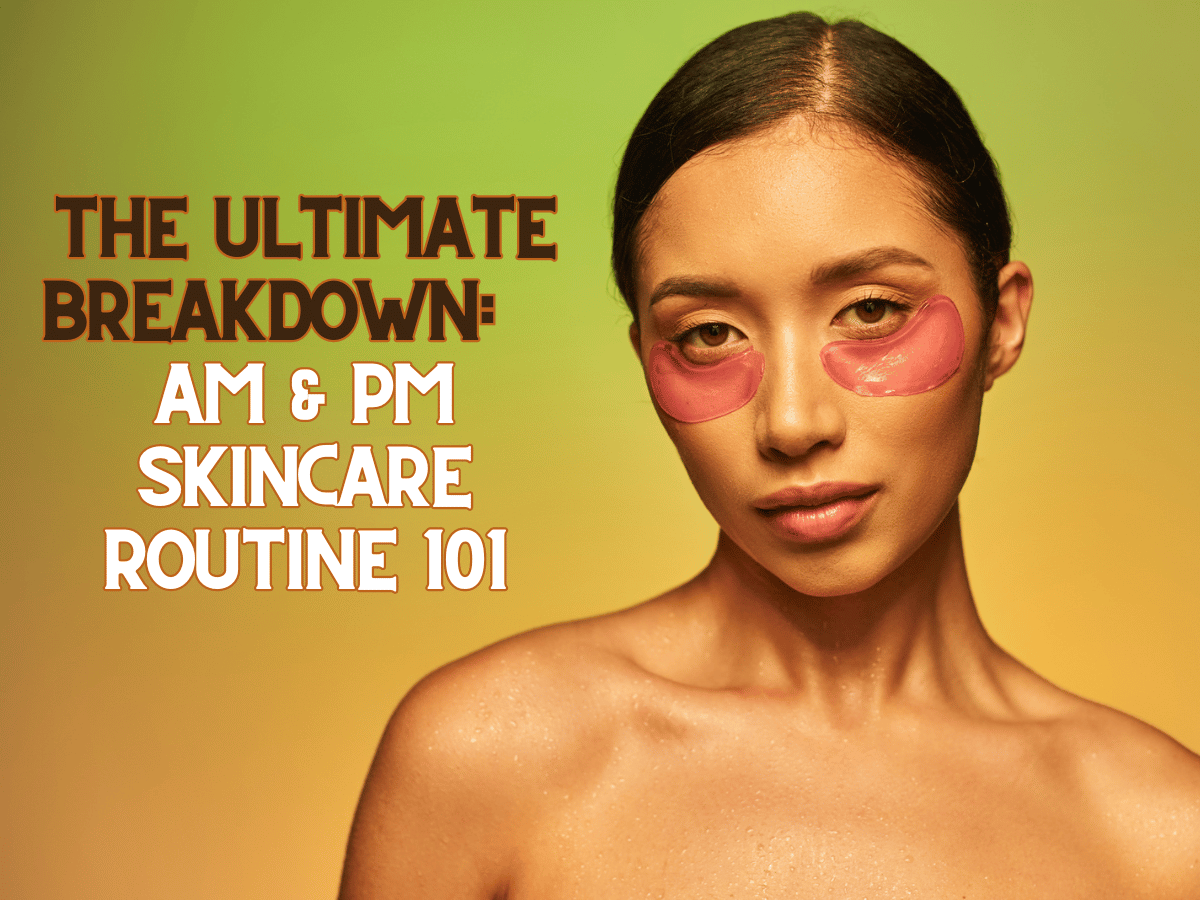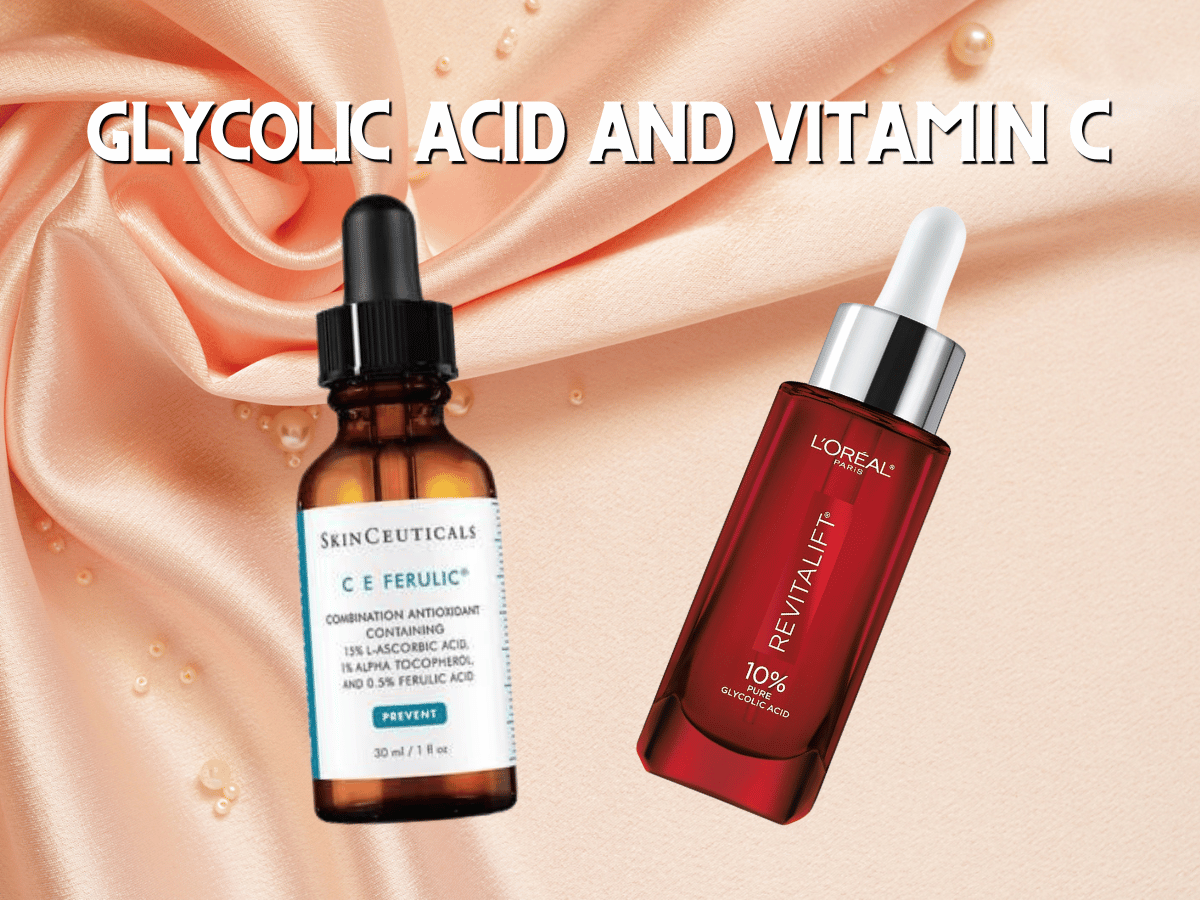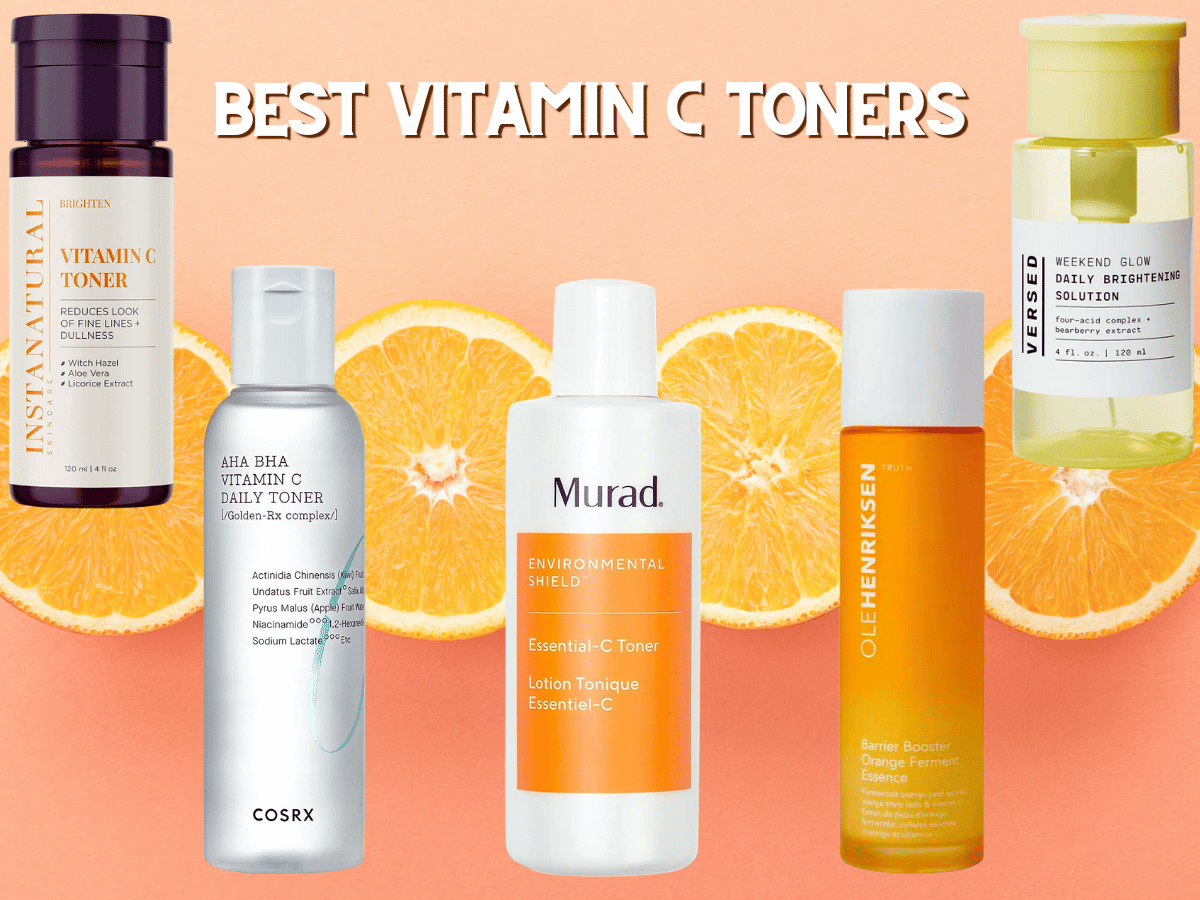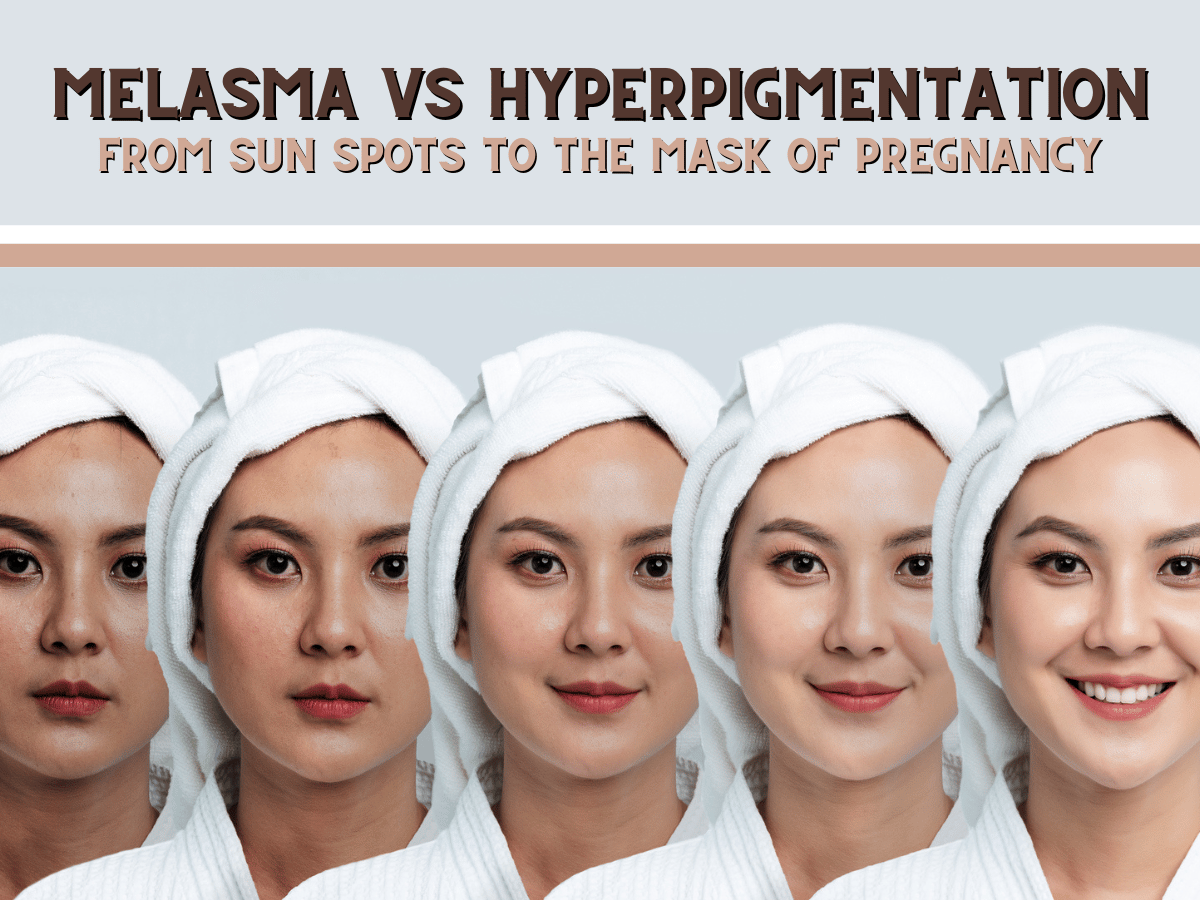SPF 30 vs 50: Everything You Need To Know About Sunscreen
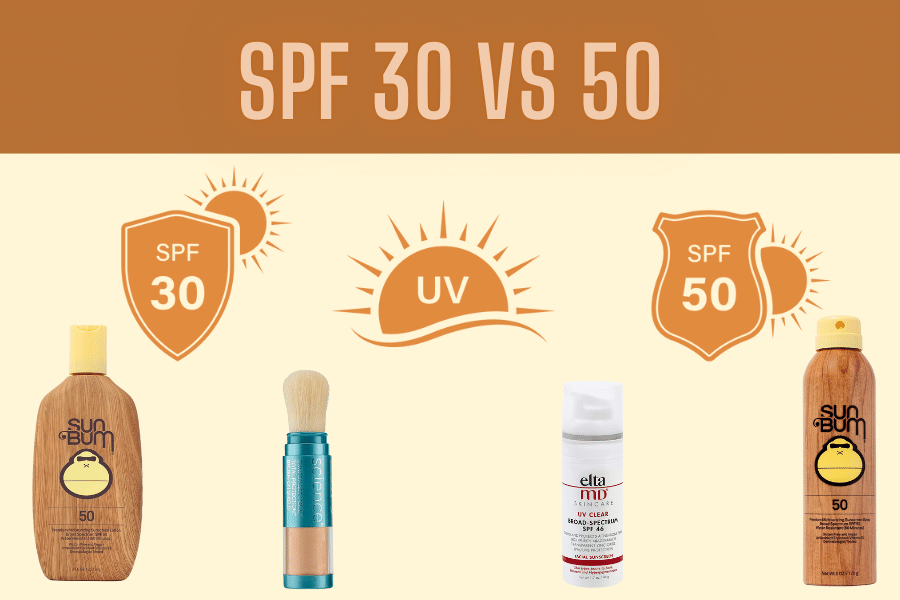
As the years go on, the world is starting to understand the importance of sunscreen and incorporate it into the must-have essentials side of the everyday skincare routine.
Even so, selecting a sunscreen that works for you and figuring out what to look for in your SPF product is a confusing task.
Studies show the disastrous effects of the sun's rays on skin, and data correlates that most people are unsure about what to look for when it comes to sunscreen products. So, let's it break down.
With the help of research done by experts in this field, we've put together a guide about everything you need to know about sunscreen from what it is to the difference between SPF 30 vs 50.
What is SPF?
Definition
Sun Protection Factor (SPF) quantifies how well the sunscreen protects the skin by estimating the length of time it protects against UV rays - specifically harmful UVB rays.
According to the Australian Academy of Science, we can think about it in this way, "It indicates how much longer it takes untanned skin to start to redden with sunscreen applied compared to how long it takes to start reddening without it."
SPF Math - How Long Does SPF 30 Last?
Even after learning what SPF is, understanding it can be a little complicated. Enter, SPF Math.
Let's say the SPF of a given sunscreen is SPF 30. This means that it would take 30x as long for your skin to burn when you're wearing an SPF 30-based sunscreen.
Another way to think about it is, if your skin takes 10 minutes to redden without sunscreen, then with SPF 30, properly and generously applied, it will take 30x longer to redden.
Theoretically, this would mean the following:
10 minutes x 30 = 300 minutes
300 minutes / 60 minutes = 5 hours of protection
Even so, experts recommend that sunscreen be reapplied generously every 2 hours (skin cancer foundation) to ensure maximum protection.
SPF 30 vs 50
Now, that we have our base covered, let's move to one of the frequently debated topics: SPF 30 vs 50. There are two factors to consider: SPF science and product application style.
SPF Science
SPF 30 and SPF 50 differ in one main factor: the percentage of UV radiation it filters.
SPF 30 Sunscreens filters a little above 96%.
SPF 50 Sunscreens filters a little above 98%.
Application Style
The thing about sunscreen is that you could have an SPF product of the highest SPF factor but if it is not properly, generously, and frequently applied, you may as well have used a lower SPF-based sunscreen. Be liberal with your sunscreen application and when in doubt, add a little more!
Here's our take: Both offer plenty of coverage and as long as they are applied correctly, using either will provide you with plenty of protection.
What is Broad-Spectrum Sunscreen?
We have all heard about the horror that is the sun's UV rays, but did you know there are multiple types of UV rays with UVA and UVB rays being the most dangerous ones? As such, they have become the prime focus of sunscreen protection. So what are they?
UVB radiation is a concept that people are most familiar with and is known to us mostly in the form of the ever-painful sunburn.
UVA rays, on the other hand, can give us that sun-kissed tan while also being responsible for DNA and skin damage, and premature aging upon prolonged exposure to the sun.
According to Skin Cancer Foundation, "both UVA and UVB rays can damage the skin's DNA to the point the genetic mutations occur-which can lead to skin cancer." That in itself should be enough to send us running to the nearest store to find ourselves some sunscreen.
When you're shopping for sunscreen next time, pick out one that is labeled "broad-spectrum" to protect against both UVA and UVB rays, unlike purely SPF-based sunscreen that targets UVB rays.
PA Rating System
We've established that UVA rays are just as important to protect against as UVB rays. In an effort to help us understand just how much UVA protection we receive in each SPF product, the PA rating system was developed.
Originating in Japan, this rating system indicates the various levels of protection:
PA+: Low
PA++: Moderate
PA+++: High
PA++++: Very High
Something to keep in mind is that not all sunscreen manufacturers have adopted the PA rating system. If you see broad-spectrum instead of a PA rating on sunscreen, it should be safe for both UVA and UVB ray protection.
PA Pick: Supergoop! Unseen Sunscreen - SPF 40 PA+++
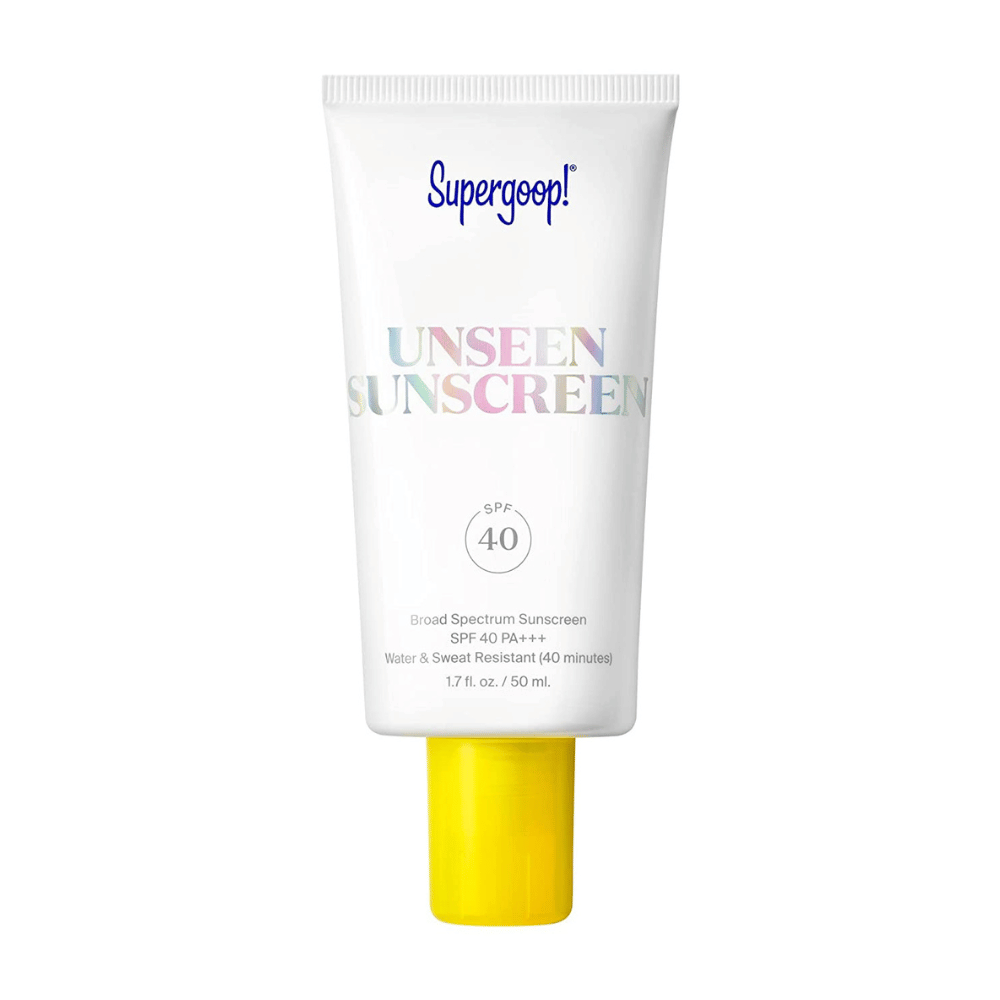
2 Types of Sunscreen: Chemical vs Physical Sunscreen
Continuing the deep dive into the world of sunscreen, we arrive at the two different types of sunscreen available in the market today: Chemical Sunscreen and Physical Sunscreen.
Chemical Sunscreens absorb the UV Rays before they can damage the skin.
Physical Sunscreens block, reflect, and scatter the UV Rays before they push through the skin.
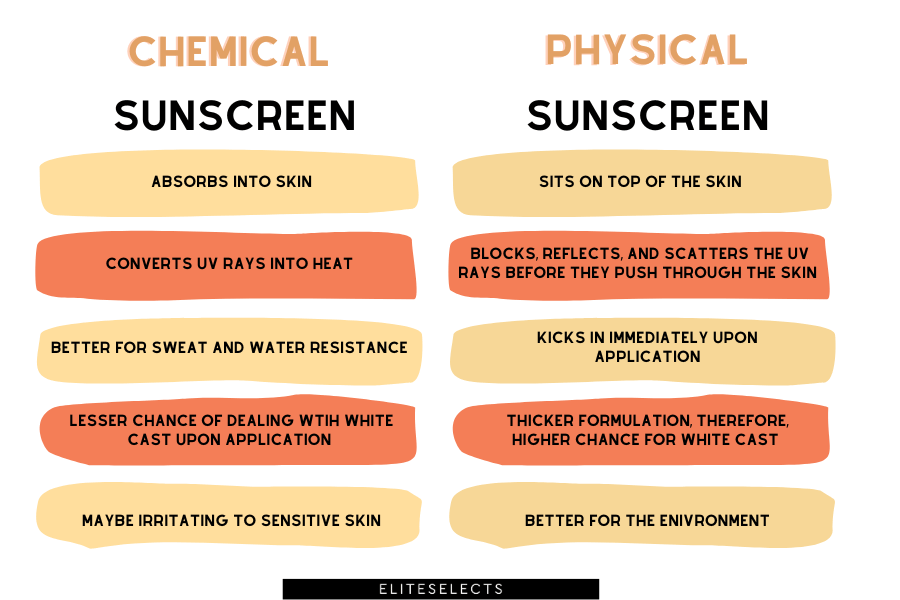
Both are great in different ways. What you choose will depend on what your skin type is and what you want out of the sunscreen.
Ultimately, what matters most is having sunscreen on!
Is Higher SPF Always Better for Your Skin?
Here's a question that has been circling the internet for a good while now. The simple answer is, NO.
Take chemical sunscreens for example. Higher levels of SPF mean the skin is exposed to more chemicals used in the product. Those with sensitive skin should consider this before approaching a higher SPF product.
Secondly, in case the product is not generously applied or re-applied, its effects reduce to that of a lower SPF product while still exposing your skin to the high level of chemicals.
All in all, a broad-spectrum SPF 30 or 50 product should be more than sufficient to get the job done.
How Much SPF Should You Apply and When?
According to the Skin Cancer Foundation, we should apply approximately 2 shot glasses worth of sunscreen to the face and body with a "nickel-sized dollop" for the face alone. If you are using a spray or powder, apply the product evenly and generously.
As always, re-apply every 2 hours and wear sunscreen EVERYDAY, rain or shine, indoors or outdoors! Don't be fooled by the pane of glass that stands between you and the sun as you're comfortably situated inside. Unless your windows are specially made to protect from all UV rays, they will still get you!
Note: Protective clothing is another additional step to take when outdoors, especially for a long period of time.
Our Favorites
Face Sunscreen: EltaMD UV Clear Face Sunscreen
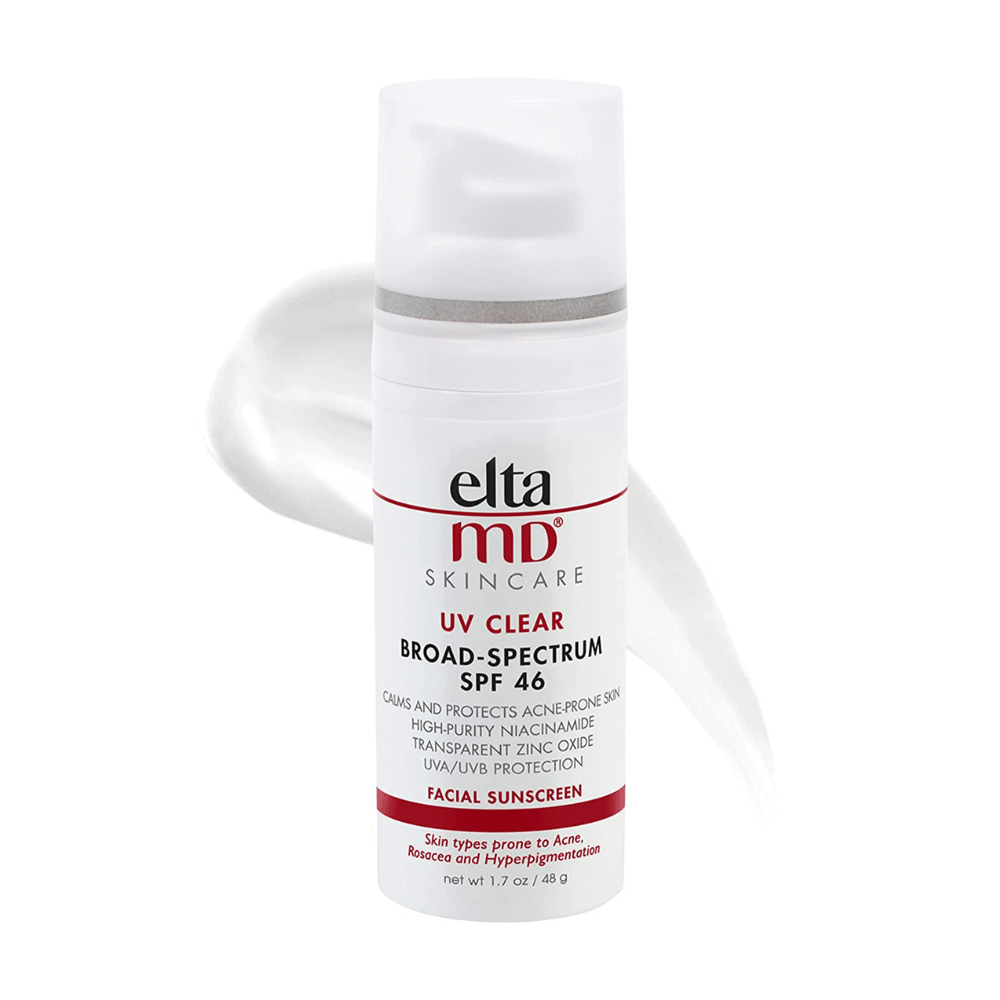
Powder Sunscreen: Colorescience Brush-On Sunscreen Mineral Powder
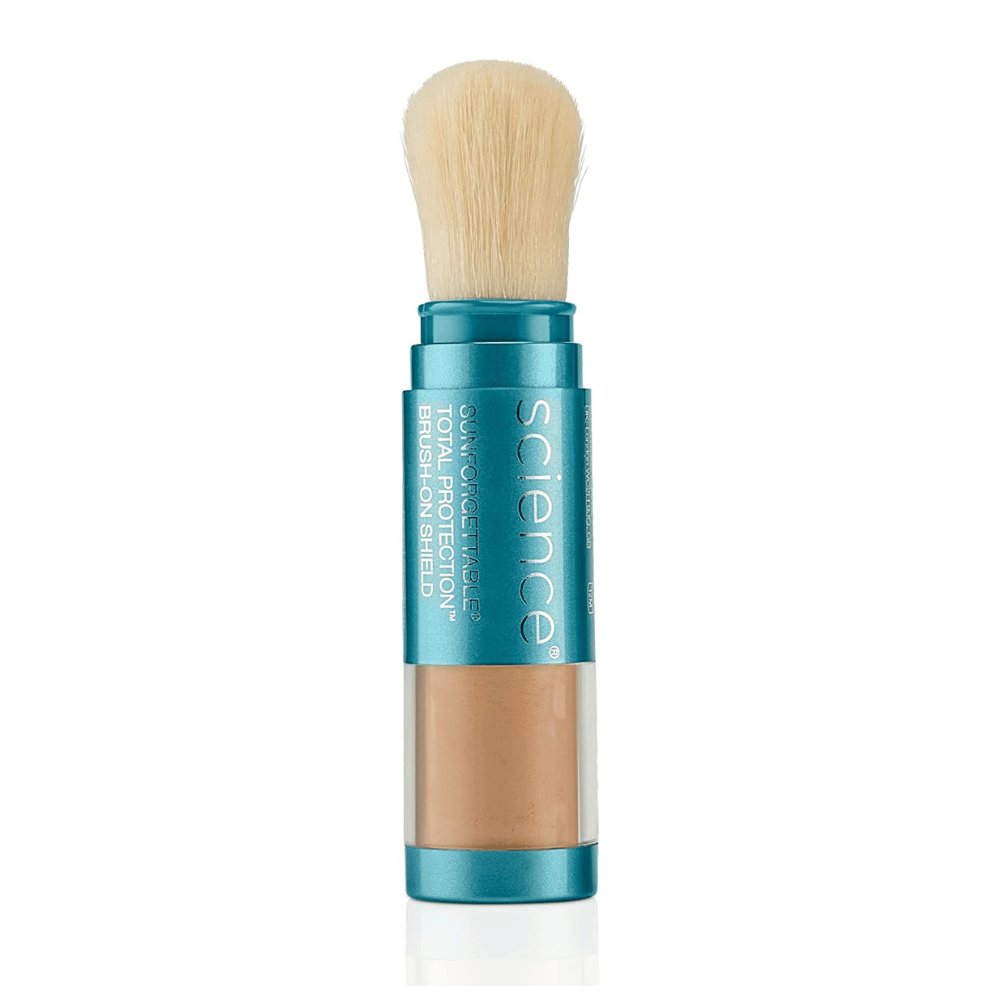
Full Body Sunscreen: Sun Bum Original SPF 50 Sunscreen Lotion
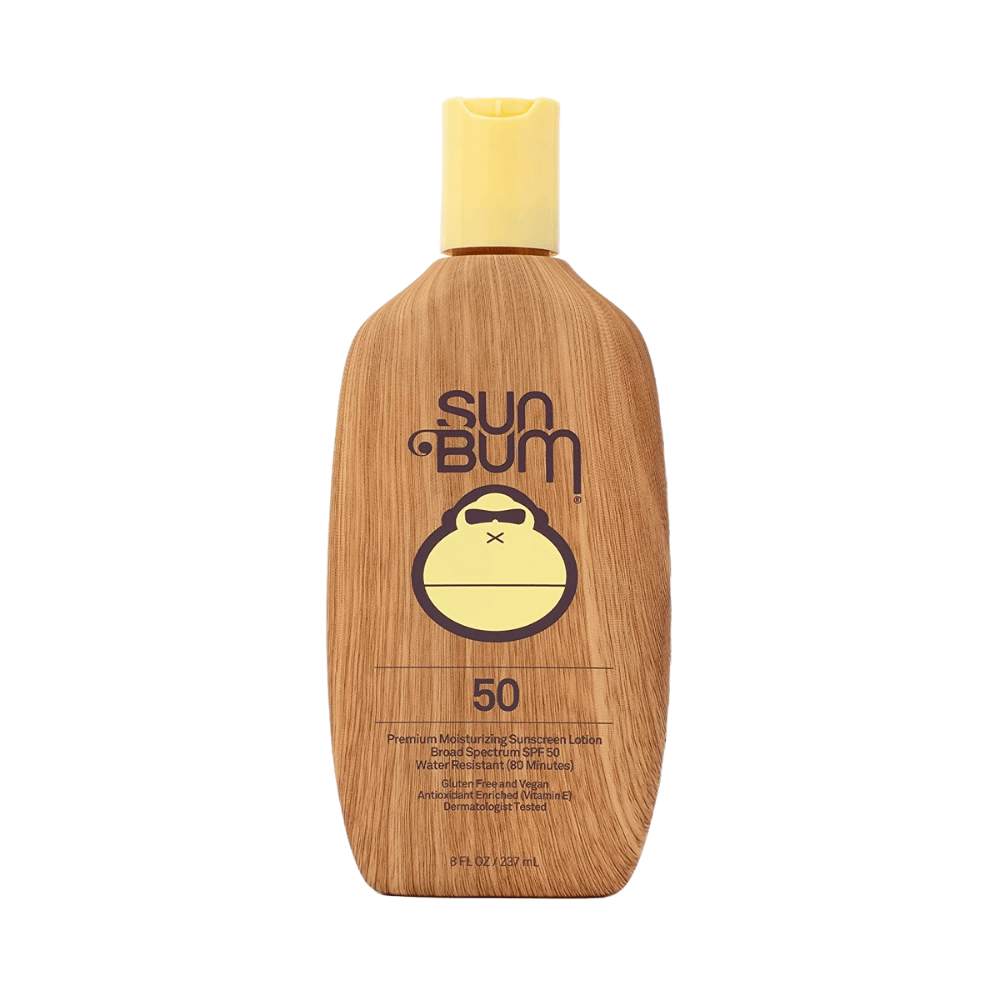
Sunscreen Spray: Sun Bum Original SPF 50 Sunscreen Spray
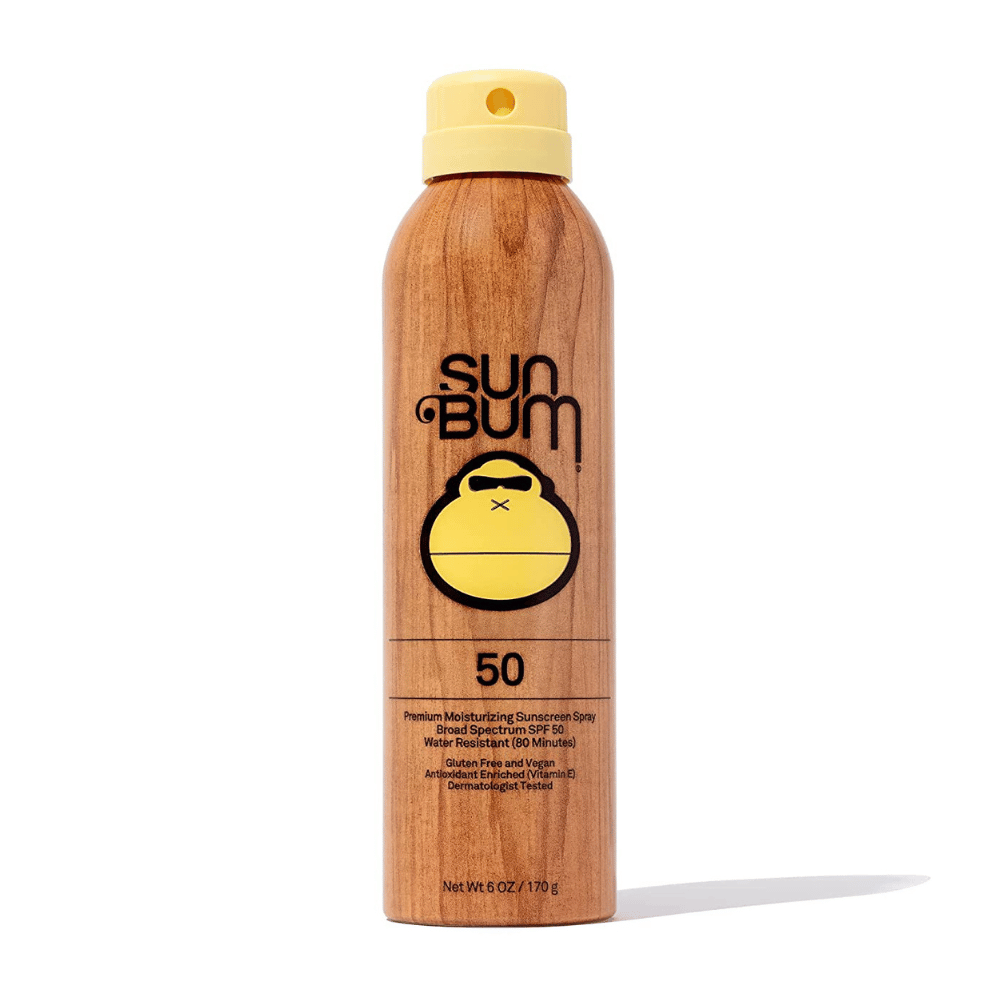
Conclusion
Sun exposure is great and a sufficient dose of Vitamin D is necessary. However, we need to make sure we are protected from the sun's UVB rays as well as UVA rays.
A broad-spectrum sunscreen with a good amount of SPF stands to be our best bet for maximum protection.
Check out our favorite choices of sunscreens above and in the article below for top recommendations to ease up your sunscreen search!
Next Up: Vegan Sunscreen | The Ultimate Roundup of the 9 Best Vegan Sunscreens
10 Best Sunscreen Mist Picks To Beat The Heat
10 Best Powder Sunscreen Picks To Save Your Skin
Like these stories? You will (probably) love our monthly newsletter.

